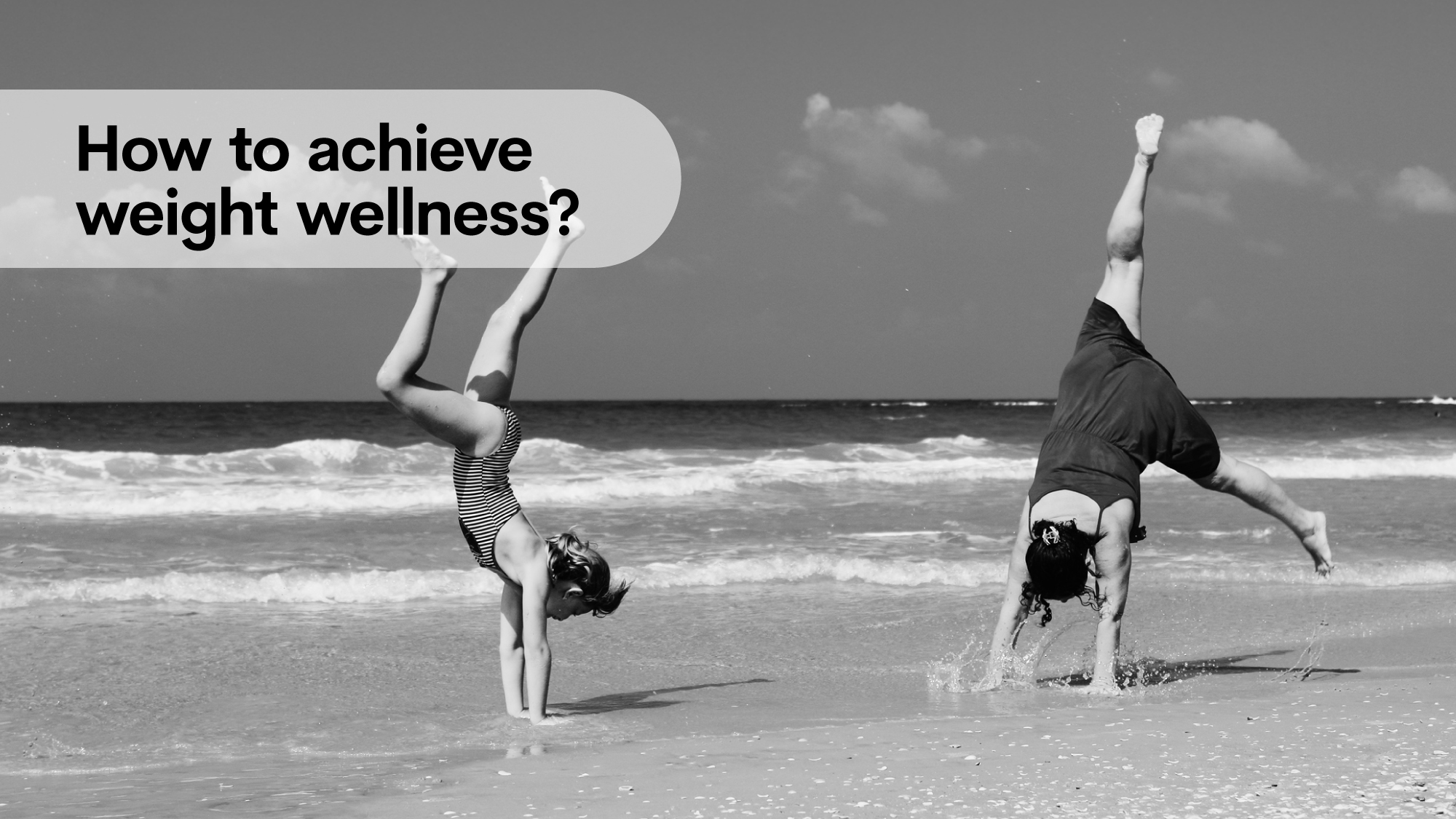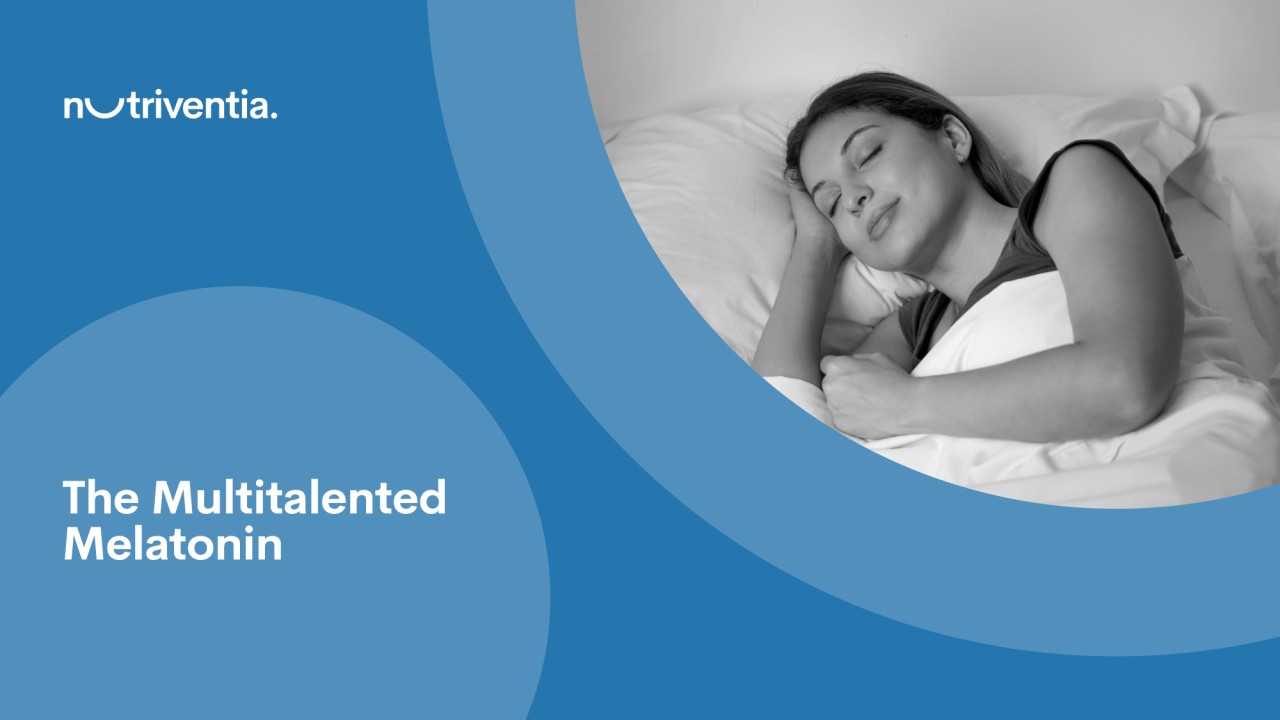The most common resolution for any new year is to lose some weight and get into shape. While both may be linked together, some already consider themselves to be in decent shape but want to shed the few pounds that crept up since the summer.
During the past few years, individuals prescribed Ozempic® for diabetes control have lost significant weight as well. This has encouraged its maker, Novo Nordisk, to develop Wegovy, which is the same active ingredient, semaglutide, for weight loss. Semaglutide increases activity of glucagon-like peptide-1 (GLP-1), which is known to reduce hunger, and slow stomach emptying, both resulting in the intake of fewer calories.
But this comes with an increased risk of developing several adverse conditions. Further, it’s an injectable, which is a “no-thank-you” for trypanophobics.
Therefore, dietary supplements along with lifestyle modifications are the sensible and safe way for people to slim down slowly, steadily, and healthily. As such, the key objective is to provide supplements and beverages that work to help manage appetite, manage stress associated with dietary changes and restrictions, and support long-lasting energy that can be used to burn calories via workouts.
Losing weight is a simple equation, which should be easy even for arithmophobics. One pound is 3,500 calories: when 3,500 calories are net expended, one pound is lost. Conversely, when 3,500 calories are net gained, one more pound shows up on the scale.
A calorie is a unit of energy. So, think of it this way: what comes in must be used. The more energy units you use, the more weight you lose; the more you store, the larger your core (and frankly, all over).
Diet aside, the easiest way to burn calories is to exercise. For most people embarking on a slim-a-thon, the idea of going to the gym is a significant obstacle. But there is another, less stressful way to increase caloric expenditure: NEAT, or non-exercise activity thermogenesis. NEAT occurs during common daily activities, such as performing household chores and work duties, cooking, and even fidgeting and standing.
Authors of a study on NEAT write, “These high-effect NEAT movements could result in up to an extra 2000 kcal of expenditure per day beyond the basal metabolic rate, depending on body weight and level of activity…. The benefits of NEAT include not only the extra calories expended but also the reduced occurrence of metabolic syndrome, cardiovascular events, and all-cause mortality.”
Paraphrasing Isaac Newton, a body in motion tends to stay in motion. But sustaining a chipper energy is often difficult for many people. Several supplements can help the body create energy, such as vitamin B12, l-carnitine, and ginseng, to name a few. But the perennial prime energy supplement that people turn to is caffeine.
How Caffeine Creates Energy
Coffee lovers can feel themselves perking up after several sips of coffee. And for many, a caffeinated soda provides a fresh, bright-eyed jolt in the afternoon. According to one review, caffeine is classified as a central nervous system stimulant and it has key mechanisms of action on the CNS that create energy. Caffeine enhances neurotransmitter activity, chiefly dopamine and acetylcholine. Dopamine blocks adenosine receptors in the brain that normally signal that it’s time to sleep. Caffeine also generates the release of catecholamines, chiefly adrenaline, through the sympathetic nervous system. This speeds up heart rate and signals the liver to release sugar into the bloodstream for energy production.
Getting Off the Caffeine Rollercoaster
Caffeine is desirable for energy enhancement and is proven to provide it. However, whether it is consumed through a beverage or a supplement, caffeine tends to provide its effects within the first 35 minutes and lasts approximately three to five hours, tops. This usually requires consumption several times throughout the day including the mornings. For many, this is just not easy to do.
Another downside of consuming caffeine several times per day is that it can create “jitters,” that super-charged nervous energy that feels both amped up and depleted. This is often followed by the crash, where the vigor swiftly dissipates, leaving the person feeling foggy and slow. To climb back out of this slump, more caffeine is consumed, and the rollercoaster ride continues to loop.
The Best Caffeine Supplement
Considering that caffeine provides energy that people feel rather immediately, it is sensible to reason that caffeine would make a powerful supplement that consumers can take in the mornings and pre-workout. But the issue that most caffeine supplements have is that they just don’t last.
The solution is a caffeine supplement that delivers this energy-producing agent in a way that sustains so that there is no peak hyper-energy followed by deflation.
And there is one—CaffXtend, aptly named. Developed by pioneers in sustained-release technology for nutraceutical applications, CaffXtend provides approximately 12 hours of energy production—a full day’s work.
CaffXtend delivers 100% caffeine in a natural matrix and provides 12 hours of enduring physical and mental energy, without the caffeine crash, in a single dose. This is a great supplement for those beginning to work out for the first time, or after years, to enjoy the energy that they may not otherwise have.
This claim is supported by a pharmacokinetic study showing extended Tmax by a stunning 391% and a longer half-life by 22% compared to an equal dose of natural caffeine. Additionally, participants reported a better mood and higher alertness, as well as a lesser perception of tiredness and jitters.
For those who are embarking on a 2024 refresh and reset by losing weight – whether it’s 10 pounds or 80 pounds, CaffXtend can be a reliable tool to ensure steady, healthy energy throughout the day, every day.



